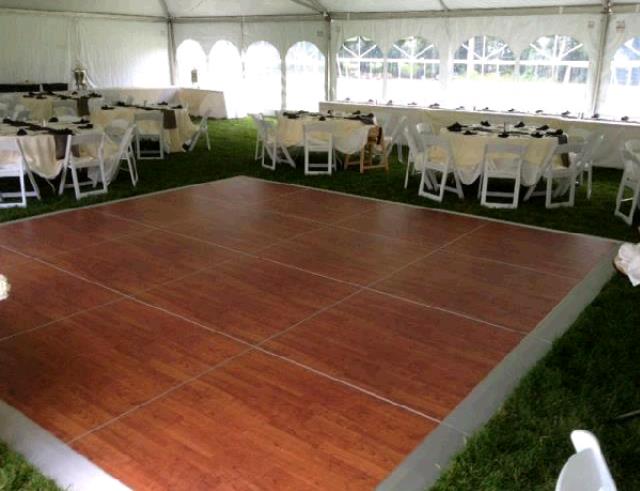Timber dancing surfaces are often preferred for their traditional look and texture. They provide a natural area that can take in shock, which is beneficial for dancers who perform intense movements. The elasticity of timber helps reduce the chance of harm, such as twists and strains, by providing a stable area. Additionally, timber floors can be refinished, enabling them to keep their look over the years. This durability makes them a sustainable asset for dance spaces. However, timber floors can be more costly to set up and maintain compared to synthetic options, and they may need consistent upkeep to avoid bending or harm from humidity.
On the other hand, synthetic dance floors offer a range of advantages that make them attractive to many dance spaces. One of the primary advantages of synthetic is its affordability. Vinyl flooring is generally more affordable to buy and install than timber, making it a budget-friendly choice for studios. Furthermore, vinyl is offered in a variety of colors and patterns, allowing for greater customization to align with the aesthetic of the space. Synthetic floors are also simpler to maintain and upkeep, as they are resistant to marks and water. However, some performers may find that vinyl does not offer the same level of impact cushioning as wood, which could lead to unease during long rehearsal sessions.
Another important factor to consider is the kind of dancing being performed. Different dance genres may require distinct floor materials for optimal execution. For example, classical ballet dancers often favor wood surfaces because they provide a stable surface for spins and leaps. In comparison, genres like hip-hop or contemporary may gain from custom dance floor vinyl wraps the slip-resistant properties of synthetic. It is essential for dance studio proprietors to consider the primary dance styles taught in their studio when choosing a floor material. This evaluation can help guarantee that performers have the optimal potential experience while practicing and performing.
Aesthetics also play a major part in the choice process. Wood surfaces are often linked with sophistication and tradition, making them a popular choice for elegant dancing spaces and performance venues. The natural grain and warmth of wood can establish a inviting atmosphere that enhances the overall feeling for both performers and spectators. Conversely, vinyl surfaces can be designed to mimic the appearance of wood or alternative substances, offering a contemporary and chic look. The decision between timber and synthetic can ultimately hinge on the intended ambiance of the space and the impact that studio owners want to establish.
In summary, both wood and synthetic dancing floors have their own set of benefits and drawbacks that can impact performance and aesthetics. Timber floors offer durability, shock absorption, and a classic look, while vinyl floors provide affordability, simplicity of maintenance, and design versatility. The choice between these materials should be determined on the specific requirements of the performers, the kinds of dancing being performed, and the general concept for the studio. By thoughtfully evaluating these elements, dance studio proprietors can establish an environment that supports best execution and improves the enjoyment of dance for everyone involved.
